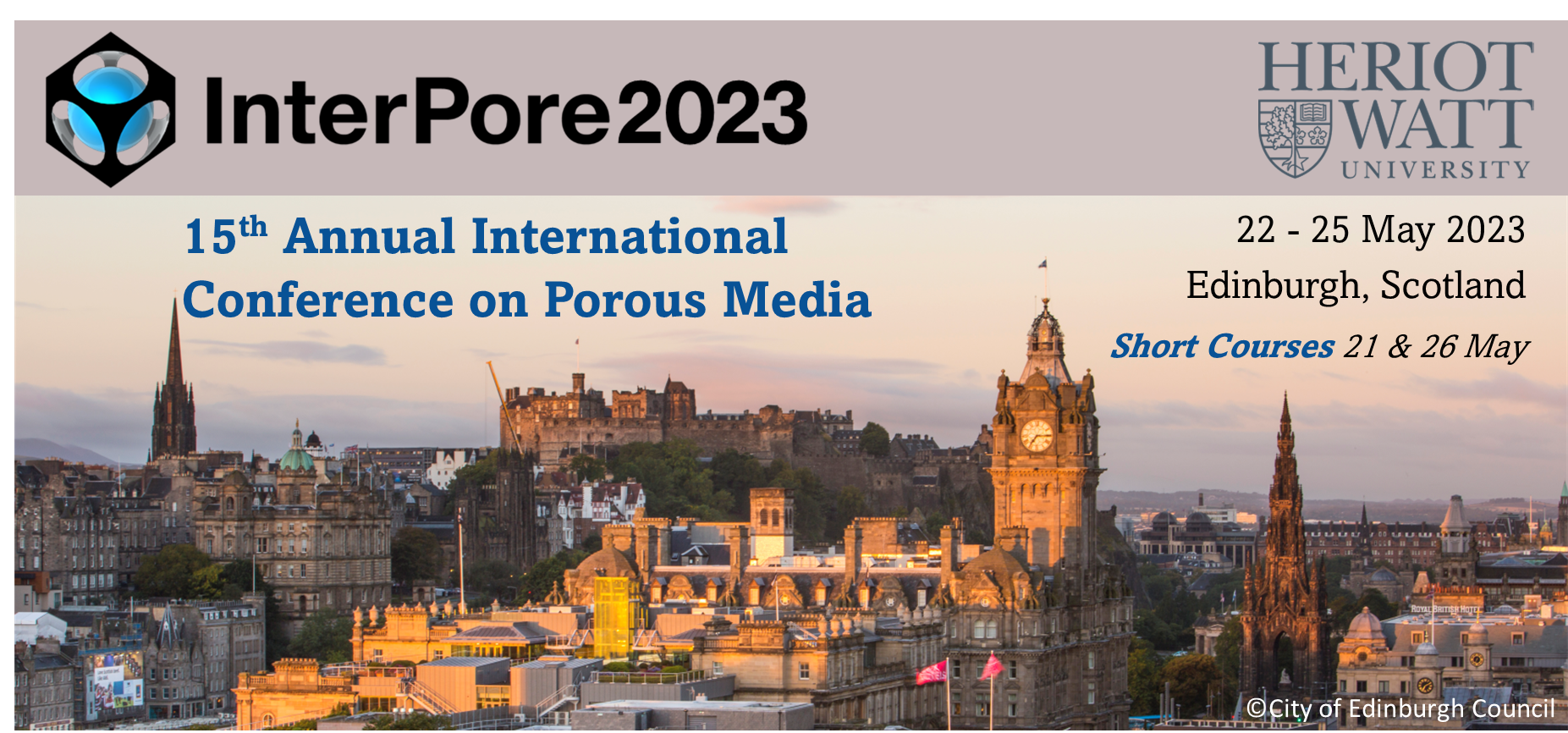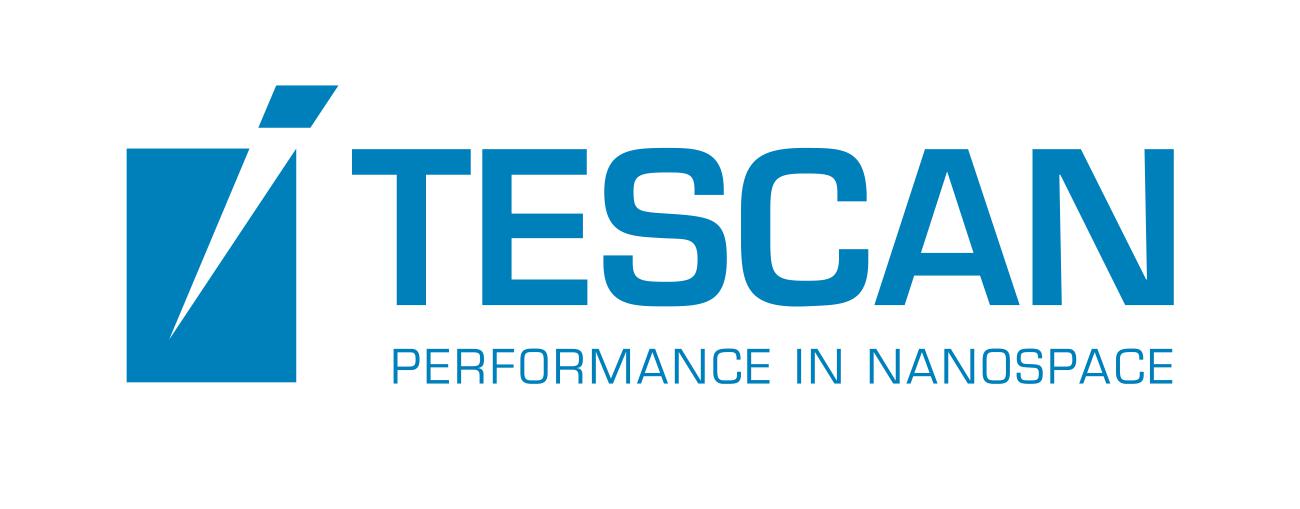Speaker
Description
Salt precipitation from evaporation is a key factor for soil degradation in arid and semi-arid regions. Evaporation-induced water movement transports dissolved salt ions to the surface of the porous medium where they accumulate. When the solubility limit is reached, salt starts to precipitate and forms crusts on top (efflorescence) or inside (subflorescence) of the porous medium depending on the type of solute in solution. The aim of this study was to non-invasively investigate the development of subflorescent MgSO$_4$ crusts in evaporating porous media. In particular, micro-X-ray computed tomography (XRCT) was used to investigate the development of the volume fraction of precipitated salt, brine, and air and single-sided unilateral nuclear magnetic resonance (NMR) measurements were used to determine high-resolution near-surface water content profiles during evaporation. In a first step, sand packings with deionized water and MgSO$_4$ solution with an initial concentration of 0.96 mol/L were evaporated while periodically making XRCT and NMR measurements. It was found that void, brine, salt, and sand could not be segmented in the XRCT images because of limited contrast between the brine and the salt phase. However, a downward movement of the evaporation front was observed using unilateral NMR, which involved salt precipitation that deformed the top of the sand. To avoid deformation, porous sintered glass with similar porosity, intrinsic permeability, and internal surface area as the sand packings were prepared in a second step. It was found that evaporation of deionized water was similar for sand and sintered glass, which was related to the similar evaporation conditions and properties of the porous media. In contrast, evaporation of saline solution and salt crust formation differed in both porous media. The delayed crust formation in sintered glass was attributed to the smooth surface and to the highly supersaturated magnesium sulfate solution, which reduced nucleation and thus hindered crust formation. XRCT measurements on the sintered glass sample showed that salt crystals grew into the void space that was not occupied with liquid before. This suggests that film flow supported crystal growth, which needs to be analyzed in more detail in future studies. It is concluded that the surface properties of the porous medium and properties of the highly supersaturated solution (i.e., viscosity) significantly affect evaporation of MgSO$_4$ solution and the formation of subflorescent MgSO$_4$ crusts.
| Participation | In-Person |
|---|---|
| Country | Germany |
| MDPI Energies Student Poster Award | No, do not submit my presenation for the student posters award. |
| Acceptance of the Terms & Conditions | Click here to agree |







